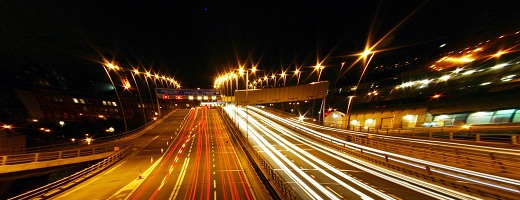
Google the term “smart cities” and you will find a raw total of more than 152 million elements. The obvious interest in this field justified a project that recently culminated in the publication of a white paper that explains the entire “smart cities” concept in a simple and comprehensive way.
This publication is the result of a joint effort were Cespa and Ferrovial Services joined forces with the Madrid Network, Enerlis and Ernst & Young. The result is this report, which was presented at the Madrid building of the European Commission. The document covers practical developments that can be implemented in the short-term, while also discussing more complex areas of research such as smart grids.
Our work at the “Bilbao Kirolak” project is a good example of what we can do to now to move our cities towards a cleaner and smarter model. The efforts undertaken in the sports facilities of Bilbao our lowering energy bills by 25%. Another example of our integrated management approach can be found in the United Kingdom, where the cities of Birmingham and Sheffield are saving around 20% of their budgets for street cleaning and maintenance.
Smaller municipalities can also join the “smart city” revolution. We are currently setting an example of this opportunity with our work at Soto del Real, near Madrid. This project will generate savings of 10% in the local government’s budget for lightning. Our company will install LED technology all over the town as part of this development. This example shows that smaller cities can be part of this process, either by doing it on their own or perhaps by creating joint programs along neighboring towns.
Thanks to these advances, smart cities are serving to catalyze innovation in public-private partnerships that enhance economic performance in areas such as tourism, mobility or the environment. Instead of saturating the “smart cities” term, we think it’s important to take a step back and reflect on how this philosophy of urban development is changing our life in many different ways.
Citizens are becoming active players of the process, since “smart cities” also have a focus on transparency. More and more initiatives, from urban apps to open government, are good examples of this trend. For this and all other reasons discussed in earlier paragraphs, this project was really interesting to undertake, which is why I would like to acknowledge those who were part of it, namely Pablo at Cespa, Francisco, Rocío and Tomás at Ernst & Young, Isabel and Sergio at Enerlis and Luis and Gema at the Madrid Network.





There are no comments yet